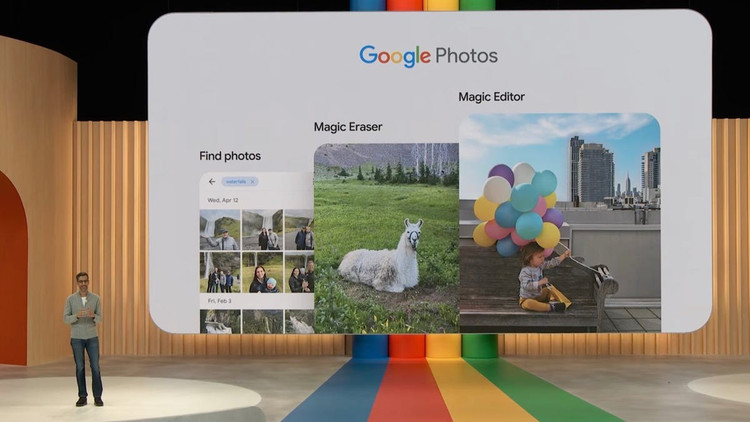
At the new product launch event, Google officially introduced the Pixel 10 phone line, along with a smartwatch and wireless headphones. The biggest highlight of these devices is not the hardware but the groundbreaking software features, supported by artificial intelligence (AI). Below are the outstanding features that Google announced at the recent product launch event.
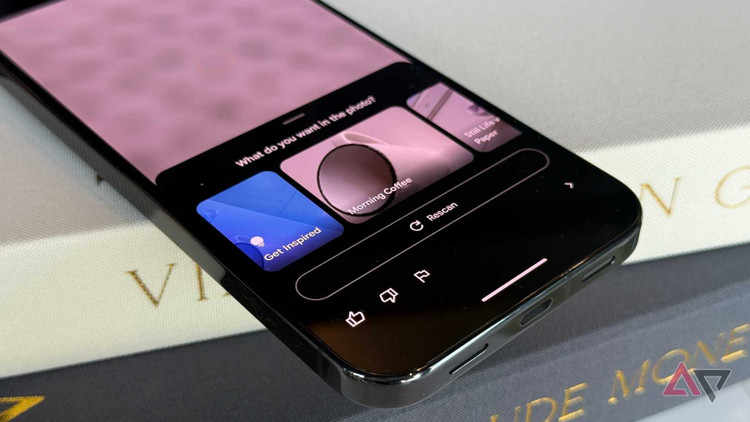
Instead of letting users figure it out on their own, Google has integrated a virtual “photography coach” right into the camera app. When activated, Camera Coach asks users to scan the scene, then makes suggestions about shooting angles and compositions based on the subject.
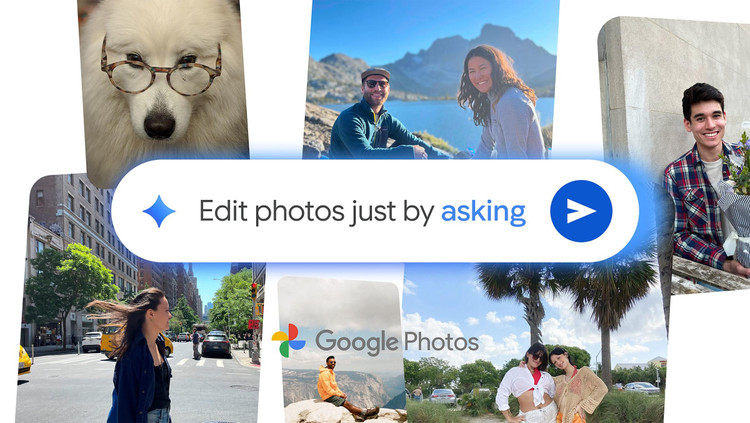
It can guide you step-by-step, from switching to Portrait mode, zooming in, to even changing your standing position to get a better photo. The goal of this feature is to help users get the most out of their phone's camera.
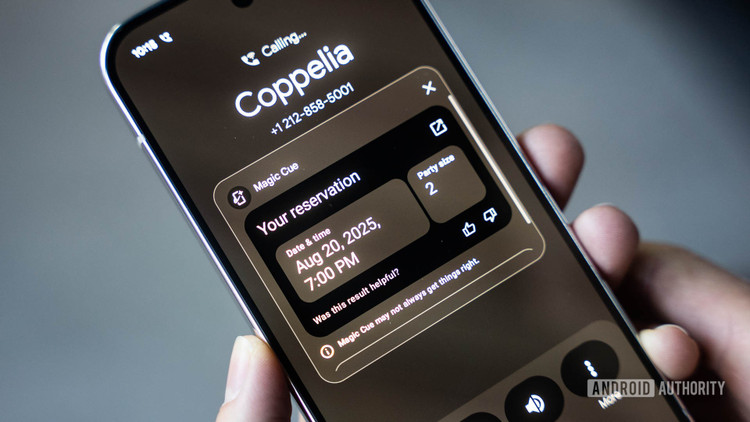
Similar to suggested responses in Gmail, Magic Cue works in the Google Messages app and the Gboard keyboard. However, instead of providing pre-written responses, it automatically searches your personal information in Google apps to answer your question.

For example, when your mom asks for flight information, Magic Cue will pull the data from Gmail and send it with just one tap. It also works in the phone app, automatically displaying flight information when you call the airline. Google claims that all processing happens on the device, ensuring that the data never leaves the phone.
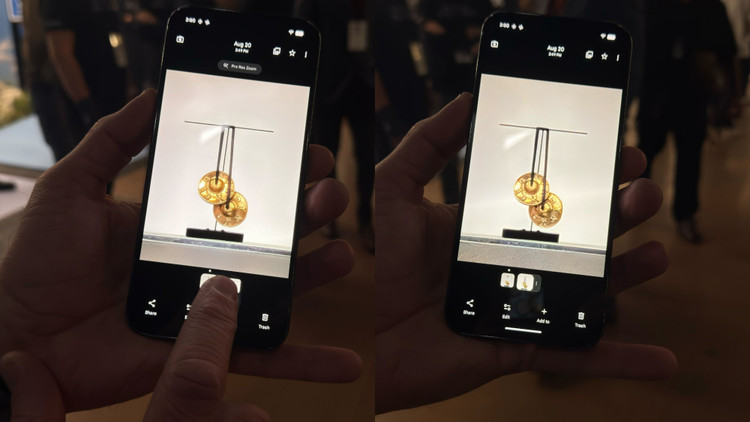
This is an upgraded version of the familiar Super Res Zoom feature, exclusive to the Pixel 10 Pro models. Pro Res Zoom allows users to digitally zoom in up to 100x while still maintaining usable image quality.

To do this, Google said the system processed more than 200 photos and used generative AI to fill in the missing details. The photos created using this technology will have a C2PA content authentication mark to make it transparent about the AI intervention.
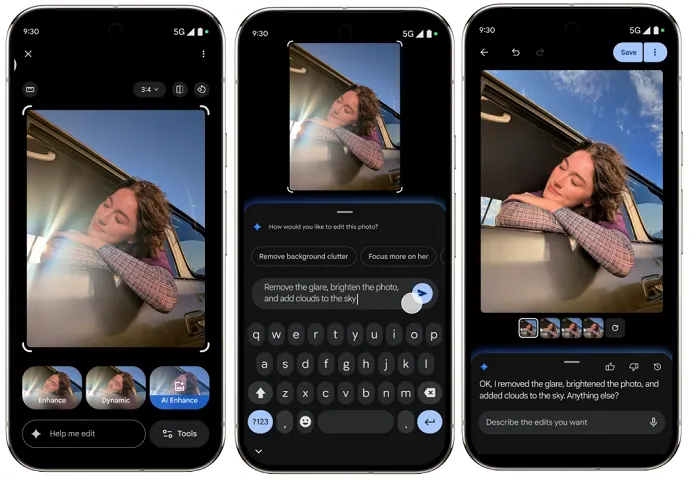
Building on its natural language image search feature, Google is now bringing this mechanism to the editing process.

In Google Photos, instead of having to search for tools, users can open the “Help me edit” dialog box and give a text command like “remove the plastic bag in the photo”, AI will automatically do it.

To address the issue of carrier dependency, Google launched the Take a Message feature. When a call is missed, Google will ask the caller if they want to leave a message. The message will be automatically recorded, converted to text, and displayed in the call history. The AI will also suggest next actions, such as creating a reminder if the message is an appointment. The entire process is handled by the Gemini Nano model on the device.

With the Pixel 10 series, real-time call translation has been greatly improved. Instead of using the default robotic voice, the AI will create a humanized version of the user's voice to read the translation. This makes conversations between two people speaking two different languages more natural and personal. Google claims that no audio is recorded or stored to ensure privacy.

Similar to Apple, Google launched its own Journal app. The app will suggest writing based on the user's goals, then use AI to analyze and provide insightful feedback on their mental state. Users can lock the app with a PIN for security.

The Daily Hub will appear several times a day on the At a Glance widget or in Google Discover, showing upcoming calendar events, smart reminders from Magic Cue, and even suggesting new activities based on the user's search history.

On the Pixel Watch 4, users can simply raise their wrist to command the Gemini virtual assistant without saying a keyword or pressing a button. Google said it trained its algorithm to distinguish between raising your hand to check the time and raising your hand to activate the assistant.
Source: https://khoahocdoisong.vn/loat-tinh-nang-ai-moi-la-co-tren-google-pixel-10-series-post2149048256.html






![[Photo] Hanoi: Authorities work hard to overcome the effects of heavy rain](https://vphoto.vietnam.vn/thumb/1200x675/vietnam/resource/IMAGE/2025/8/26/380f98ee36a34e62a9b7894b020112a8)

![[Photo] Multi-colored cultural space at the Exhibition "80 years of the journey of Independence - Freedom - Happiness"](https://vphoto.vietnam.vn/thumb/1200x675/vietnam/resource/IMAGE/2025/8/26/fe69de34803e4ac1bf88ce49813d95d8)



![[INFOGRAPHIC] How does acid rain affect life on Earth?](https://vphoto.vietnam.vn/thumb/402x226/vietnam/resource/IMAGE/2025/8/26/5d78f70d7dd045298ea9297c7dea1527)









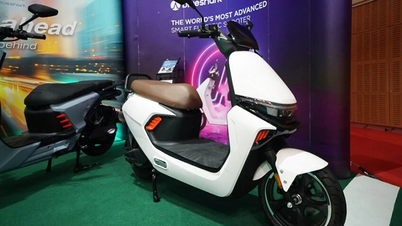
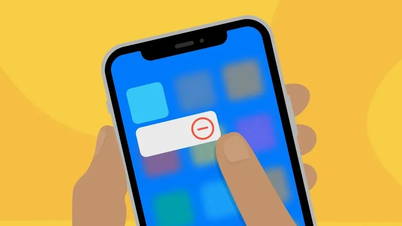











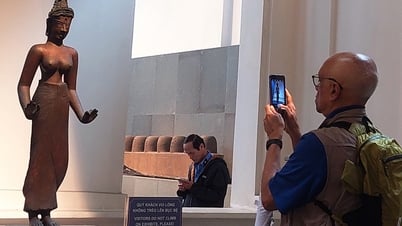






























































Comment (0)